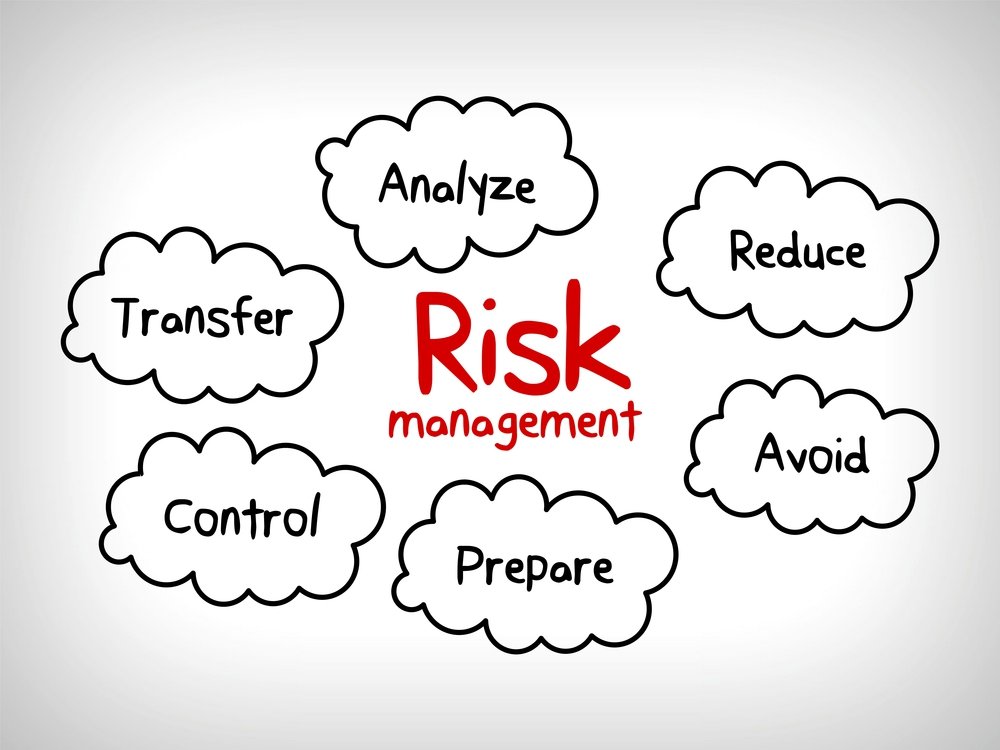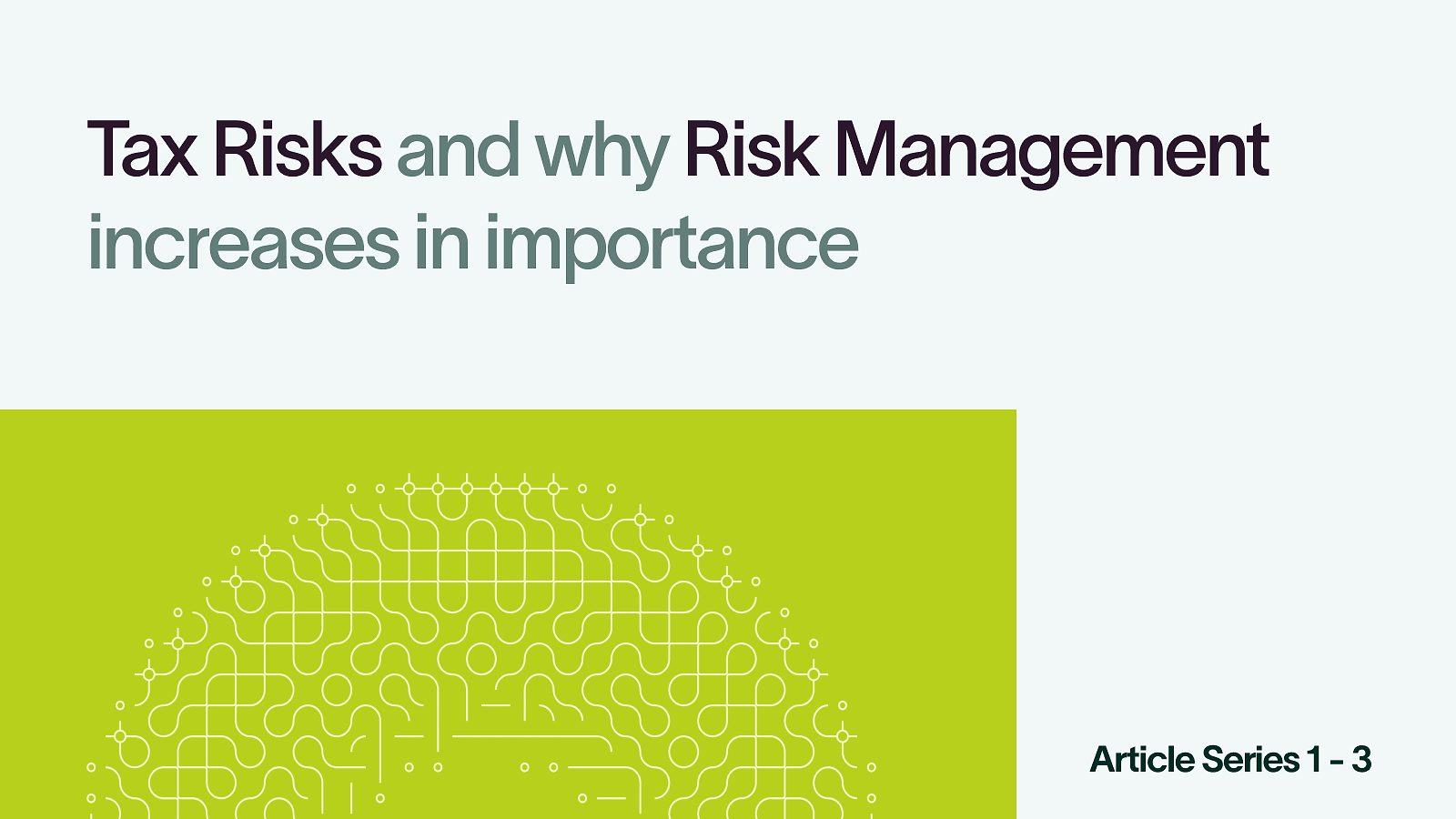The Essential Importance of Risk Management in Protecting Company Assets
The Essential Importance of Risk Management in Protecting Company Assets
Blog Article
The Relevance of Recognizing the Significance of Risk Management in Various Industries

The Core Principle of Risk Management and Its Purpose
Risk Management, the cornerstone of lots of industries, hinges on the identification, assessment, and mitigation of unpredictabilities in a company environment. By properly recognizing prospective dangers, companies can establish approaches to either prevent these threats from happening or lessen their effect. As soon as threats have been determined and evaluated, the reduction procedure entails designing strategies to lower their prospective influence.
Benefits of Executing Risk Management in Organization Workflow

Introducing the Function of Risk Management in Different Industries
While every market challenges its distinct set of dangers, the execution of Risk Management methods remains a common measure in their quest of sustainability and growth. In the healthcare industry, Risk Management involves making sure individual safety and data protection, while in money, it includes mitigating investment threats and guaranteeing regulative conformity (importance of risk management). Building and construction business concentrate on employee safety and security, job delays, and budget plan overruns. In the technology market, firms reduce cybersecurity hazards and technology obsolescence. Inevitably, the role of Risk Management across sectors is to determine, assess, and minimize risks. It is a crucial element of critical planning, making it possible for companies to safeguard their assets, maximize opportunities, and accomplish their goals.
Real-life Situation Researches Demonstrating Effective Risk Management
To recognize the significance of Risk Management in these numerous fields, one can look to numerous real-life circumstances that illustrate the successful application of these procedures. Toyota, post the 2011 earthquake in Japan, modified its supply chain Management to reduce disturbance dangers. These cases demonstrate how industries, learning from situations, successfully used Risk Management techniques to decrease future dangers.
Future Fads and Developments in Risk Management Techniques
As the world remains to progress, so also do the patterns and developments in Risk Management techniques. Quick improvements in modern technology and data analytics are reshaping the Risk landscape. Huge information and AI are now critical in forecasting and mitigating risks. Organizations are leveraging these tools to develop anticipating versions and make data-driven decisions. Cybersecurity, as soon as a peripheral concern, has catapulted to the leading edge of Risk Management, with methods focusing on prevention, reaction, and discovery. The assimilation of ESG (Environmental, Social, Administration) factors right into Risk Management is one more growing fad, showing the enhancing acknowledgment of the duty that ecological and social risks play in organization sustainability. Thus, the future of Risk Management depends on the fusion of innovative modern technology, ingenious methods, and an all natural strategy.
Final thought
Finally, recognizing the importance of Risk Management across a spectrum of markets is see here essential for their durability Get More Information and success. Customized methods can assist mitigate potential risks, protect properties, and foster stakeholder trust. dig this Furthermore, proactive decision-making help in governing compliance and enhances source usage. Ultimately, effective Risk Management adds to extra durable and lasting services, highlighting the importance of this method in today's very affordable and dynamic organization setting.
While every sector challenges its one-of-a-kind collection of threats, the execution of Risk Management methods remains a typical in their search of sustainability and growth. In the medical care industry, Risk Management entails ensuring individual safety and data security, while in money, it includes mitigating investment dangers and making sure governing compliance. Ultimately, the function of Risk Management across sectors is to determine, examine, and reduce risks. These instances demonstrate exactly how sectors, finding out from dilemmas, effectively used Risk Management strategies to lower future dangers.

Report this page